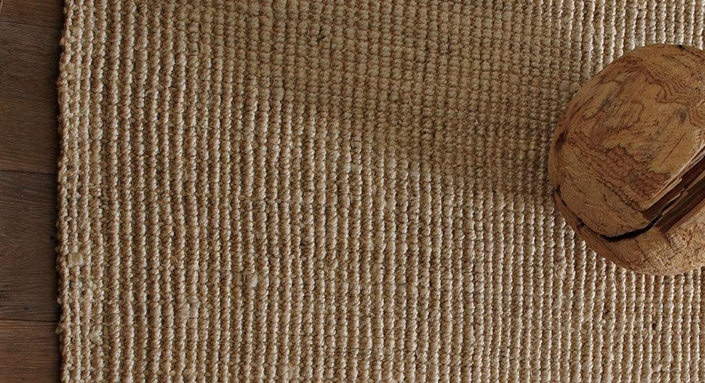
Source: fibre2fashion
Jute is known as the Golden Fibre. That's an appropriate name for the yellowish brown, shiny, natural vegetable fibre produced from plants of genus Corchorus. It occupies place next to cotton in the amount produced and the variety of uses. Due to its inherent high tensile strength, low extensibility, moderate moisture retention and better breathability, jute is used extensively in agricultural bulk packaging.
For centuries, jute, grown in the Ganga Delta, has been an integral part of India and was widely used for apparel as well as non-textile uses. The importance and use of jute spread to different parts of the world, where it is called hessian fibre. With the advent of synthetic fibres in the last mid-century, usage of jute for many of its industrial applications decreased. However, it is regaining importance based on its inherent sustainable properties. Now, jute is being used for a number of value added and diversified applications and thus is considered not to have lost its glitter.
The demand for jute is increasing due to its techno-commercial cost competitiveness as well as eco-friendly biodegradable characteristics. The various end-use applications of jute are:
• Apparel - its lustre, softness and uniformity make it ideal for production of comfort wear clothes, particularly pullovers and intimates
• Home textiles - this fibre is traditionally used for floor covering mats, curtains, chaircoverings and carpets
• Industrial/Technical - owing to its long length and tensile strength, jute is widely used in making rope and twine for industrial use and making baskets and bags for storing grain and agricultural products
• Other - used as herb and food in cooking of soups in some Middle Eastern and African countries, leaves eaten in parts of India
Jute fibre is 100% bio-degradable, recyclable and environmentally friendly. Jute cultivation helps reduce carbon footprints. It is estimated that a hectare of jute consumes about 15 MT of carbon dioxide and releases about 11 MT of oxygen. The plant grows to an average of 10 to 12 feet in height and the fibre is obtained from the inner baste tissues of its stem.
The process of separating and extracting fibres, glued together by natural plant pectines, is called retting and traditionally involves submerging stems in water for 10-30 days. Modern technology makes use of fungal or bacterial enzymes to do the job. After Retting, non-fibrous matter is removed by manual scrapping or by mechanical beating. The washed and dried fibres are processed using eco friendly batching oil/lubricant and suitable enzymes to remove them. Subsequently, it is passed through carding machines to make it finer, softer and cleaner in appearance. The fuzz, small fibre ends projected from the surface of yarn, is removed by enzymatic bio-polishing to improve handle and appearance.
